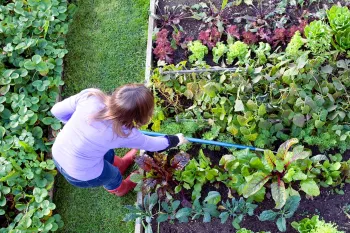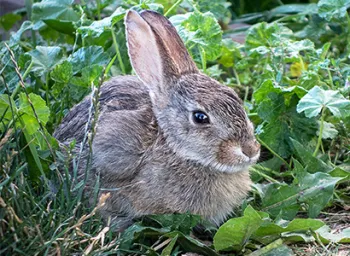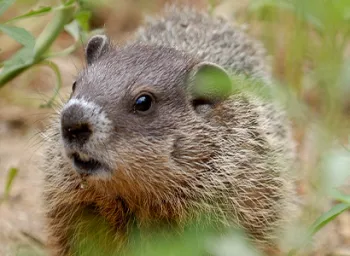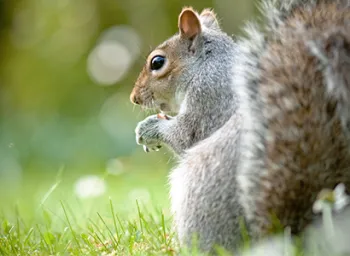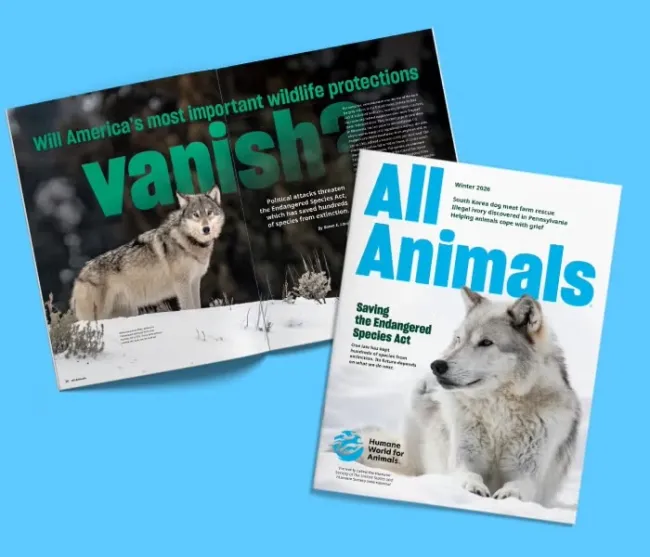Walk into a roadside restaurant after a long day on the highway, and you can practically taste your meal before sitting down. The familiar smells of fresh-baked pie and salty fries need little introduction en route to your belly.
That sensory experience is similar for wildlife coming upon lush patches in otherwise denuded landscapes. Typical home gardens, fertile islands amid seas of turf, are flashing beacons for animals. “If you’re putting in a garden in a place where it’s kind of a food desert for them,” says HSUS director of urban wildlife solutions John Griffin, “of course it’s going to be attractive.”
Unfortunately, homeowners’ responses to wild nibblers often involve poisons and traps. As a culture, we tend to appreciate birds and butterflies but lose patience for other creatures, especially foraging mammals just trying to survive in a human-dominated world. But you can have your veggies—and your flowers and trees—and let the wildlife eat some, too, by following these methods.
JPecha/iStock.com
Make your backyard a safe place for wildlife
No matter how big or small your outdoor space, you can create a haven for local wildlife. By providing basic needs like water, food and shelter, you can make a difference in your own backyard.
Obscure the view
When deer discovered my Joe-Pye weed, a butterfly magnet, I placed rosebush cuttings around emerging leaves and let nearby grass grow taller, creating visual and tactile barriers that encouraged the deer to move on. Similar methods protect the orchard at the HSUS-affiliated Fund for Animals Wildlife Center in Ramona, Calif., where staff must deter free-ranging wildlife from eating produce grown for injured and orphaned wild patients.
